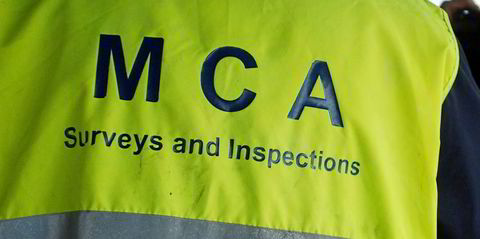An “extremely fragile” Libya could yet be a positive factor for a crude tanker market distorted by the Ukraine war, shipbroker Barry Rogliano Salles (BRS) argues.
In 2021, aframaxes and suezmaxes lifted 60% and 40% of Libya’s crude and condensate exports respectively.
Aframaxes on the benchmark Ceyhan to Lavera route have averaged just over $20,000 per day so far this year, three times higher than last, aided by Russian disruption.
If Libyan exports were to move back towards 1.2m barrels per day, this could add further support to rates, the Paris shop said.
Insurance bans preventing mainstream owners from loading Russian oil will mean the tonnage list lengthening in non-Russian lifting zones like the Altantic, the broker added.
“Under such a scenario, a rise in Libyan liftings would be a welcome development which would support hire rates for mainstream aframaxes,” the company said.
But will Libyan output increase?
BRS explained that protests at oil installations remain a frequent occurrence there.
The past few weeks have seen protests break out at several key installations, notably the 200,000-barrel per day (bpd) Sarir oil field, and the oil export terminals of Es Sider, Ras Lanuf and Hariga.
Wrong time
AXSMarine ship tracking data imply that exports averaged around 750,000 bpd from Libya last week.
“It is important to note that the fall in Libyan production has come at the wrong time for global oil markets as Libya’s low sulphur crude is especially attractive due to its high cuts of light and middle distillates, which are currently in high demand from simple refiners to process into transport fuels,” BRS said.
But state producer National Oil Corporation (NOC) continues to have ambitious plans to hike production.
Chairman Mustafa Sanallah has indicated the company’s budget would be increased in 2022 to take supply to 1.45m bpd, which would be the highest level since the 2011 civil war.
“However, despite the increased investment, we estimate that this figure will remain unattainable over the short term unless the security situation drastically improves,” the French shipbroker said.
Big potential
All sides in the crisis agree on returning Libyan crude output back towards 2m bpd over the medium-term.
And Libya remains a country of huge potential, with 48bn barrels of oil reserves.
But BRS believes that unless there is a prolonged period of stability, international oil companies such as France’s Total, Austria’s OMV and Italy’s ENI will not be back to invest.
This suggests that “incremental tanker demand from Libya will remain modest across the medium term,” the broker added.






